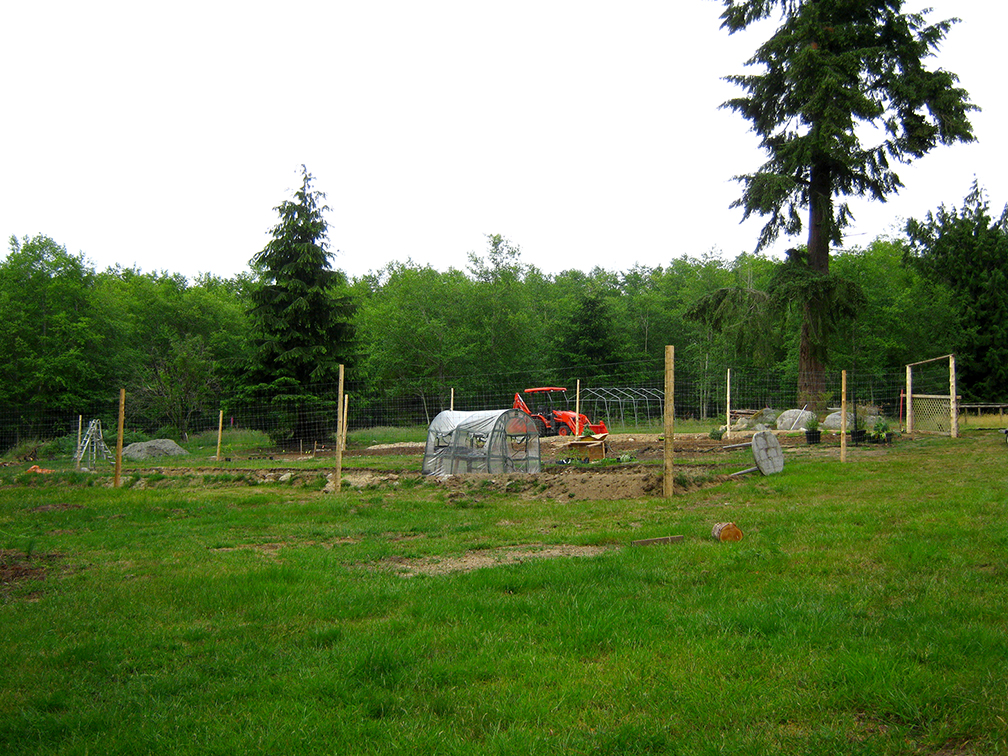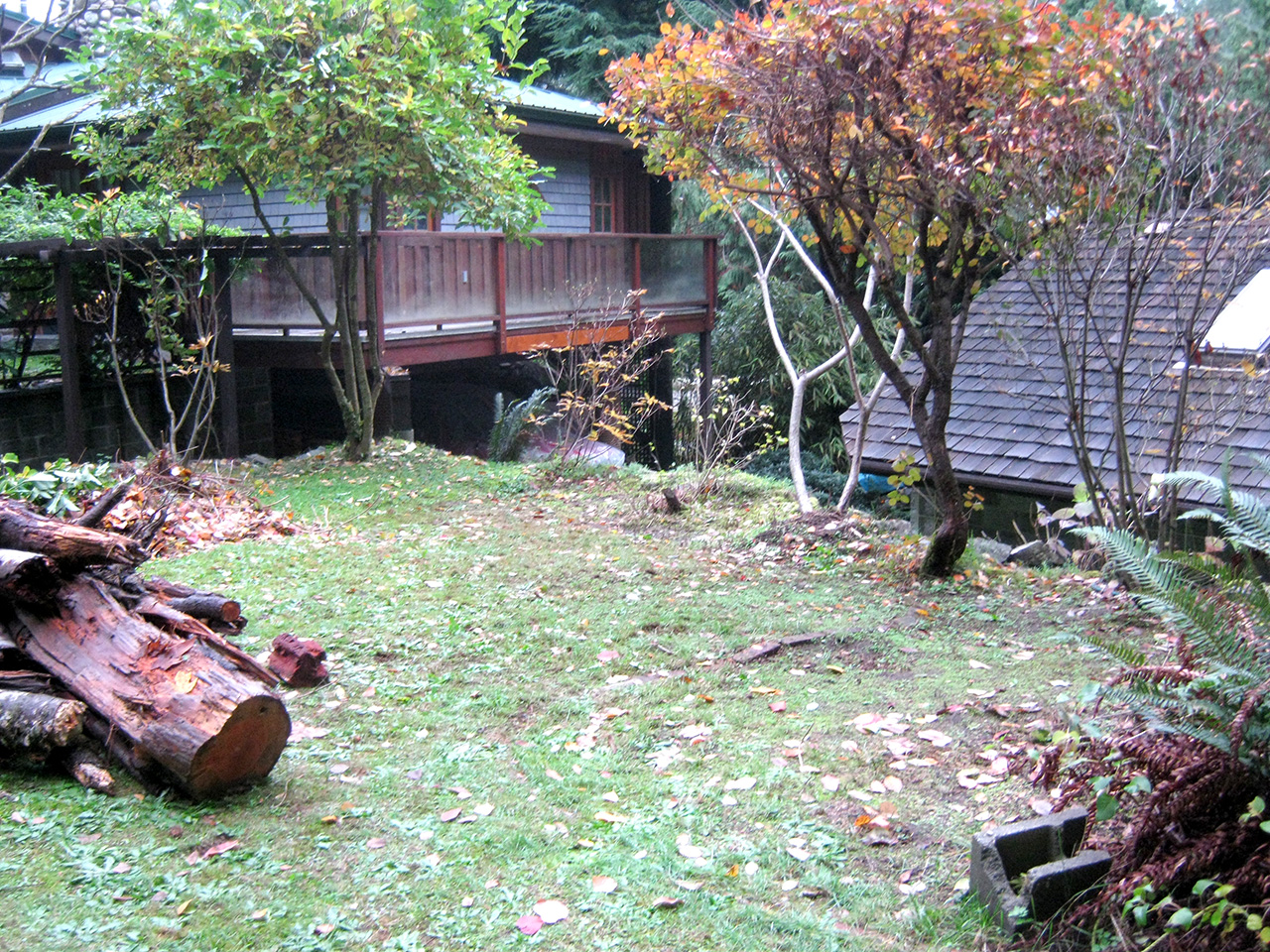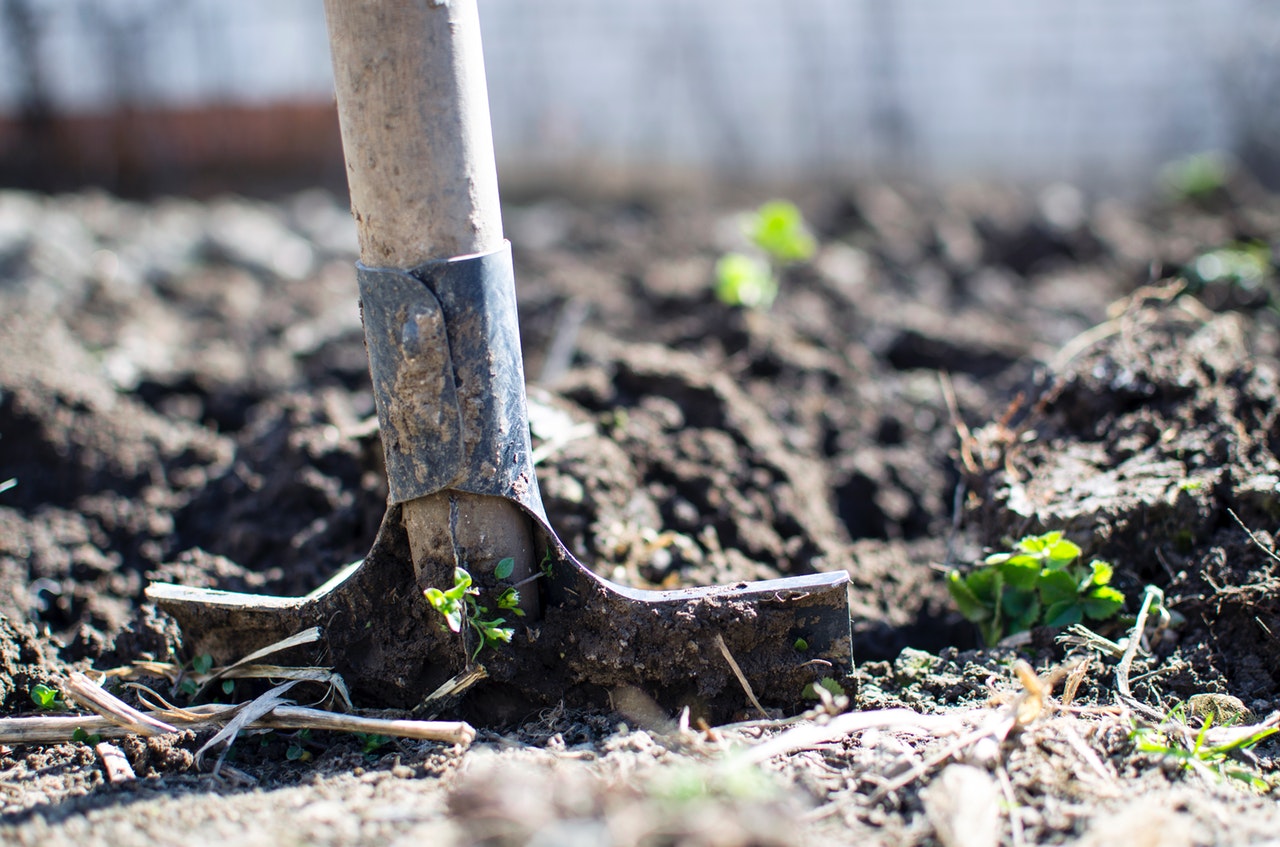
Observation is one of our most important tools in planning our permaculture landscape. Whether we’re building a full on permaculture homestead, or setting up a backyard permaculture garden, we need to know what we have in order to know what we can do with it.
In permaculture design, there is an order that you should do things. If you have a property, you need to sort out a few of the big things first.
Access, water, and placement of large elements such as buildings and gardens, need to be decided on before you plan where to put your gardens. And the only way we’re going to figure out where to put them is to observe the land over time. It is important to get these things right first. Everything else will fall into place much easier, and there will be much less ongoing maintenance.
So, observation will become our best friend. We need to walk the land and see where the sun shines, the wind blows, and the water flows. Find the micro climates and the problem areas.

Even if we don’t have a large piece of property, we can still put the principle of observation into action. We still need to know where the sun shines and the wind blows. And it’s just as important to get things right on a small property.
If all we have is a balcony or a deck, there are still times when observation can help plan our plantings. Is there one area that is sunnier than another? Do you need a wind block? Is there sun higher up that can be captured with hanging baskets or vertical growing techniques? Do you have a lot of shade, and need to grow shade tolerant plants? We can learn so much through observation over time.
The interaction part of the principle is mostly a matter of putting ourselves in the landscape. Go outside in the wind and the rain, and see what happens on your land. Where does the water flow? Where might the wind cause problems? Walk around and mentally place elements in different places, and see how they would fit into the landscape.

There are all kinds of important things to observe
What kind of soil do you have?
What are the native plants that already grow on your property?
What kind of ‘weeds’ do you have?
What kind of trees do you have?
Where might be a good place for a house, a barn, chickens, a garden?
It might sound like a lot of things to take into consideration – and I guess it is – but as we continue to observe and plan, we’ll start to see the sense of it all. It will become easier to envision the different elements and move them around in our mind’s eye.
Permaculture design is fun – like a big puzzle – and it can be a very creative process. I find myself designing all kinds of properties in my head, even though they’re not mine! It’s a great way to refine my permaculture design eye.
Playing with design ideas on paper – or a computer program such as Adobe Illustrator (or some other design program) – is fun too. Move things around to different areas, and judge its rightness by applying your observations. Does it block the sun? Or maybe it acts as a good wind block. Does the garden get good sun there, or would it be better further north or east?
Having lots of options can be a bit overwhelming sometimes, but the more we move things around, the more likely we are to find a good arrangement of elements. Don’t be in a rush (Permaculture Principle #9 – Use Small and Slow Solutions).
Nothing is ever perfect. But if we take our time, learn how to observe, and place our key elements correctly, we’ll come up with the best permaculture design solutions for our situation.
Health, Hope & Happiness
Tracy
